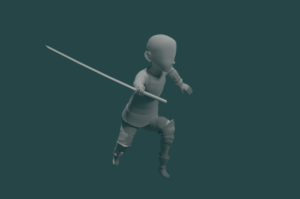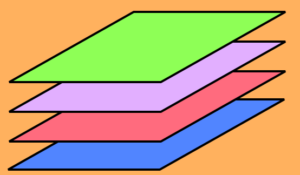Hello readers! In this post I want to focus on implementing destructible objects.
Sure, show us how to do it!
To start, I created a destructible object and decided how many hits it would take to destroy it. For my example, I chose two hits.
Next, I created a smaller object that represented the destruction of the larger object. I chose a simple cube for this example, but you can use any shape or object that fits your aesthetic.
After creating the destructible and smaller objects, I wrote a script to handle the destruction process. The script kept track of how many hits the object had taken and checked if it had reached the hit threshold.
In the OnCollisionEnter() method, I checked if the object had been hit. If it had, I incremented the hit count and checked if it had reached the threshold for destruction.
Once the hit count was equal to the threshold, I instantiated the smaller objects in the location of the larger object using the Instantiate() method in Unity. I also added additional effects and sounds to create a satisfying destruction experience for the player.
After instantiating the smaller objects, I destroyed the original object to remove it from the game world. This was done using the Destroy() method.
Here’s an example of what the code might look like:
public class DestructibleObject : MonoBehaviour
{
public GameObject destructionObject;
public int hitThreshold = 2;
private int _hitCount = 0;
void OnCollisionEnter(Collision collision)
{
if (collision.gameObject.tag == "Projectile")
{
_hitCount++;
if (_hitCount == hitThreshold)
{
Instantiate(destructionObject, transform.position, Quaternion.identity);
Destroy(gameObject);
}
}
}
}In this example, I checked if the object that collided with the destructible object had a tag of “Projectile”. You can customize this to fit your game’s needs.
To use this method in your own game, simply attach the script to your destructible object and assign the destruction object prefab and hit threshold values in the Inspector.
Bottom Line
By incorporating destructible objects in your Unity game, you can introduce an exciting level of engagement for your players and elevate their overall gaming experience.
However, keep in mind that there are various techniques to enhance this process even further. In my case, I opted to include a fade-out effect for the smaller objects after a certain amount of time, as well as a shake effect when the player strikes the object.
Of course, there are numerous other effects that can be added to further intensify the sensation, but these will have to wait until later stages of development.
I trust that this post has provided valuable insights, and I look forward to sharing more in the future!

